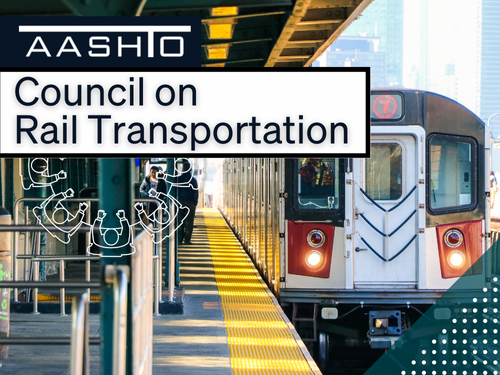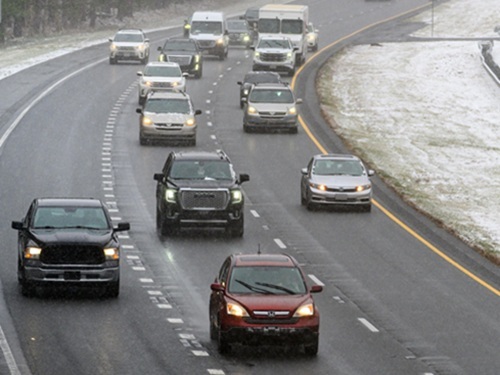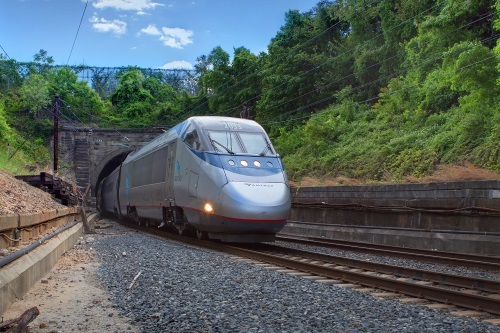Starting June 1, Amtrak plans to restore high-speed Acela train service on the Northeast Corridor on a modified schedule, which includes the restoration of three weekday Acela round trips.
[Above photo by Amtrak.]
The national passenger railroad operator added that its Northeast Regional train frequencies along that corridor – which stretches from Washington, D.C., to Boston – will also be increased from eight to 10 round trips.

“We are dedicated to doing everything possible to return service safely,” said William Flynn, Amtrak’s new president and CEO, in a statement.
“We want everyone to feel comfortable as they navigate this new normal,” he said.
Flynn added that Amtrak will continue to take “extra steps” to sanitize stations and trains, while adding new traveler protocols to prevent passengers from potentially being exposed to or spreading the COVID-19 virus.
Those steps include:
- Requiring, as of May 11, all customers in stations, on trains, and thruway buses to wear facial coverings. Small children who are not able to maintain a facial covering are exempt from this requirement.
- Reducing Coach, Business, and Acela First Class sales to 50 percent capacity to comply with social distancing guidelines.
- Temporarily accepting only cashless payments in stations and on trains.
- Installing more signage at several of its busiest stations to indicate safe distances in high customer traffic areas such as waiting rooms, in front ticket offices, at the base/top of escalators, lounge entrances, etc. In addition, clear protective barriers have been retrofitted at stations where there are no current glass barriers.
- Temporarily offering flexible dining service in the dining or lounge car on all long distance routes (except on the Auto Train) and encouraging all Sleeping Car customers to select optional room service for their meals. In addition, seating is being limiting seating in dining and café areas.
While the railroad reduced and suspended some services due to the COVID-19 outbreak, Amtrak said it will continue to operate as an essential service as the nation recovers and restore service by monitoring demand, working with state partners, and continuing to prioritize customer and employee safety.
 Nation
Nation
Registration Open for AASHTO’s Winter Rail Meeting
December 19, 2025 Nation
Nation

